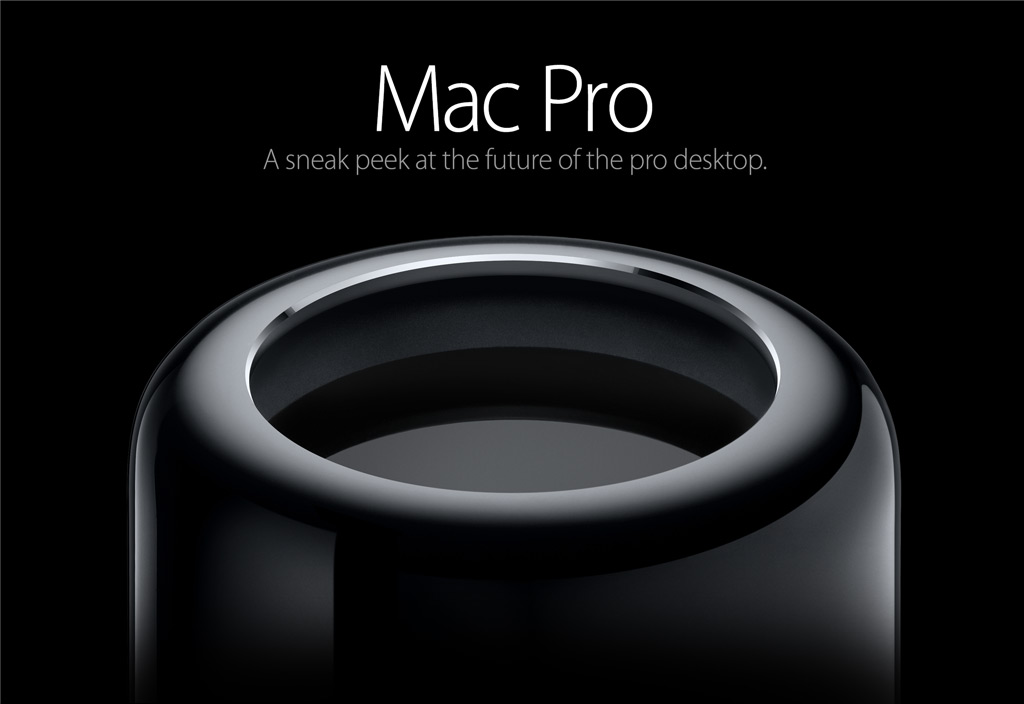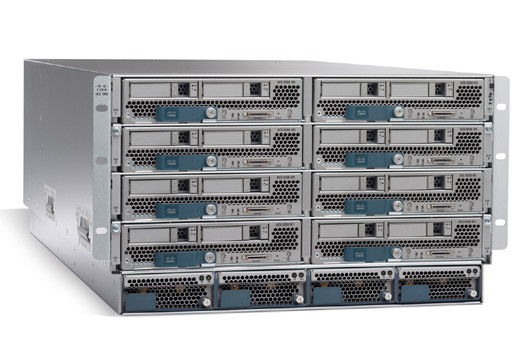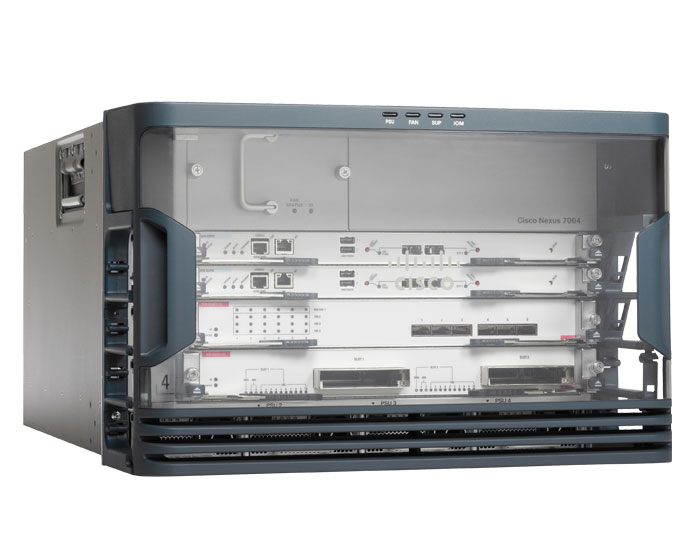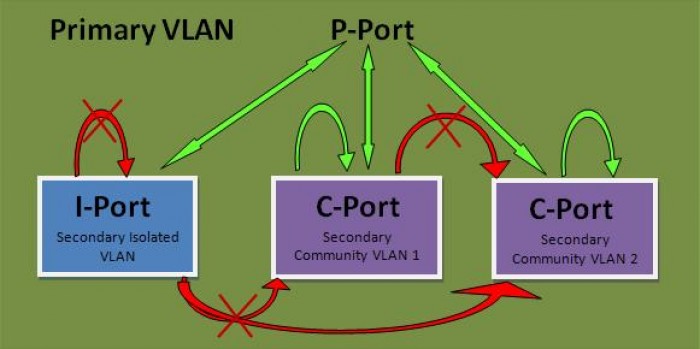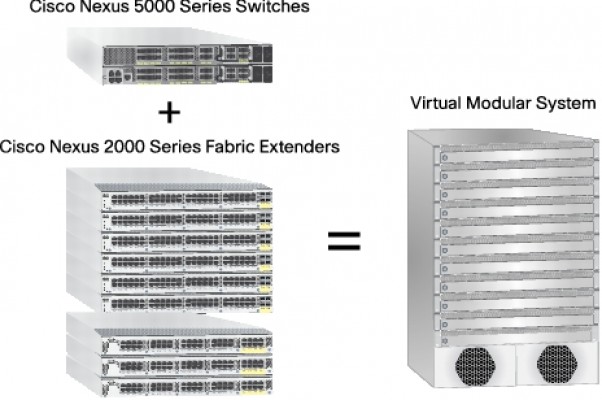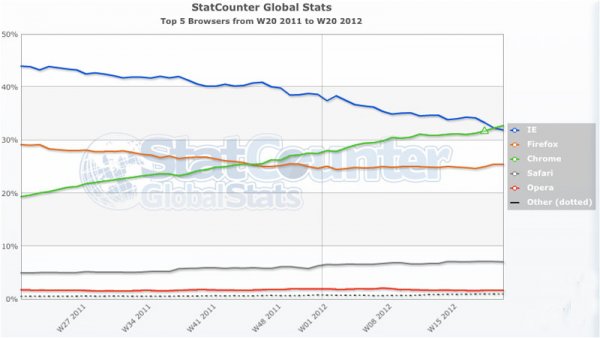Apple Still Got It: Mac Pro (aka R2-Q5)
WOW! Being in the technology business for over 12 years, I admit it’s hard to get excited over new product announcements. Most of the time it’s minor tweaks and updates to the hardware platforms, faster processors, better performance, increased scale, new coat of paint and polish to the OS. You know the norm. I was thinking this would be the story for Apple’s WWDC today, but boy was I wrong about the Mac Pro. Apple went ahead and gave firm…
